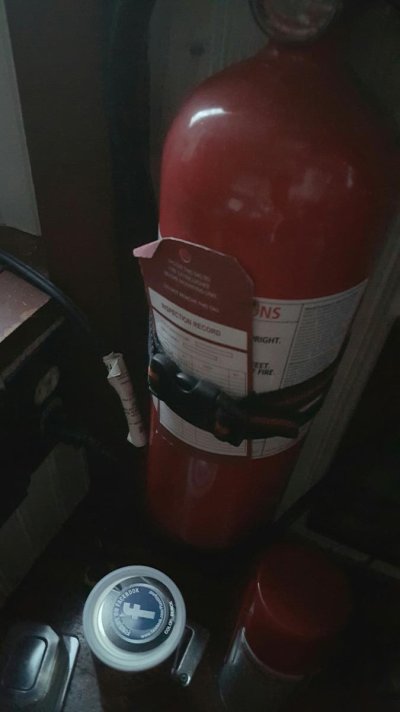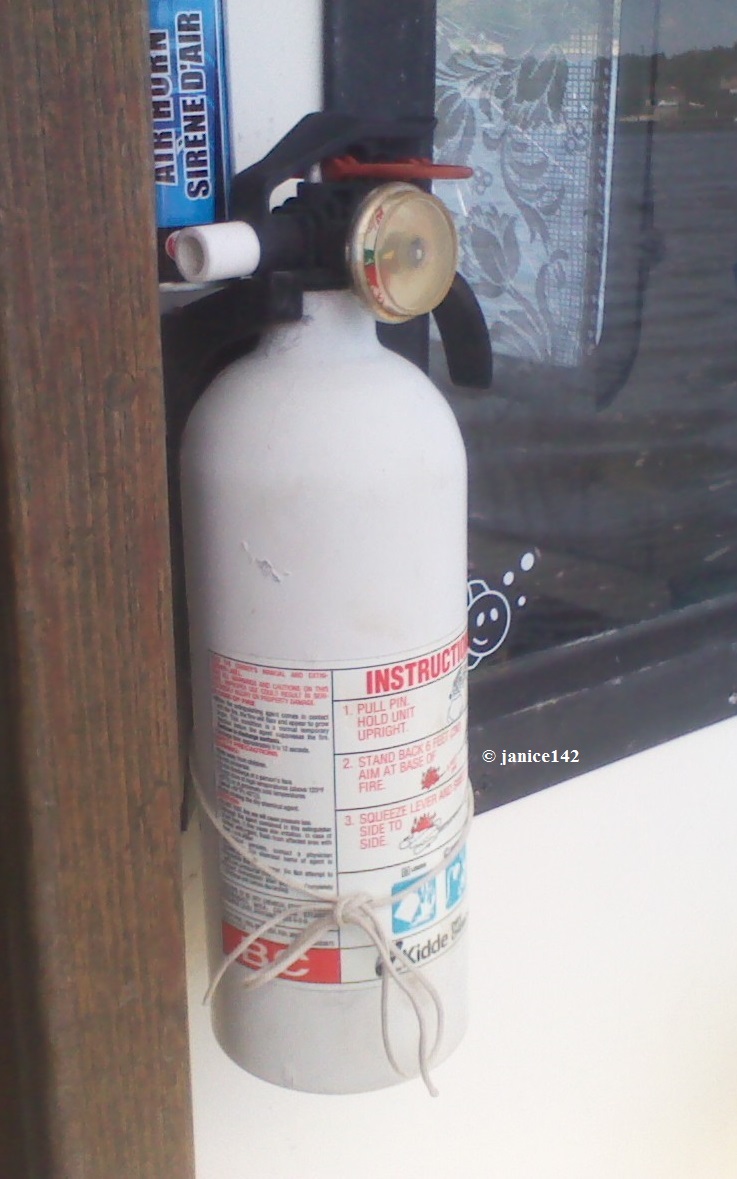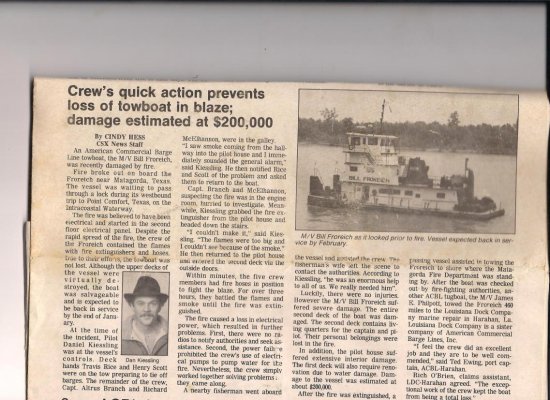psneeld
Guru
I have two problems regarding fire extinguishers.
#1) the plastic strap that holds the unit to the bulkhead I cannot loosen without a pair of vise grips and a Serious tug. I solved that with a string and a bow (picture shoe laces)
#2) some of the larger units I cannot hold/pick up. That's why I have the medium size units. Aboard Seaweed I have five and each is checked on the first of the month.
If you're lucky enough to have a woman please make sure the ones you have are something your lady can handle. My hands are not large and I've not got a lot of strength so I compensated by having a few more than the minimum mandated.
Janice, instead of a shoelace if you ever want to....I always grab life jackets that get tossed and cut the buckle straps off them...a million uses...
One is to secure my 5 lb Home Depot extinguisher , I just cut the buckle strap sort enough and drive a screw with a washer into the bulkhead behind the extinguisher to secure it...may get less of a look thn a shoelace in a bow by the boarding officers.



